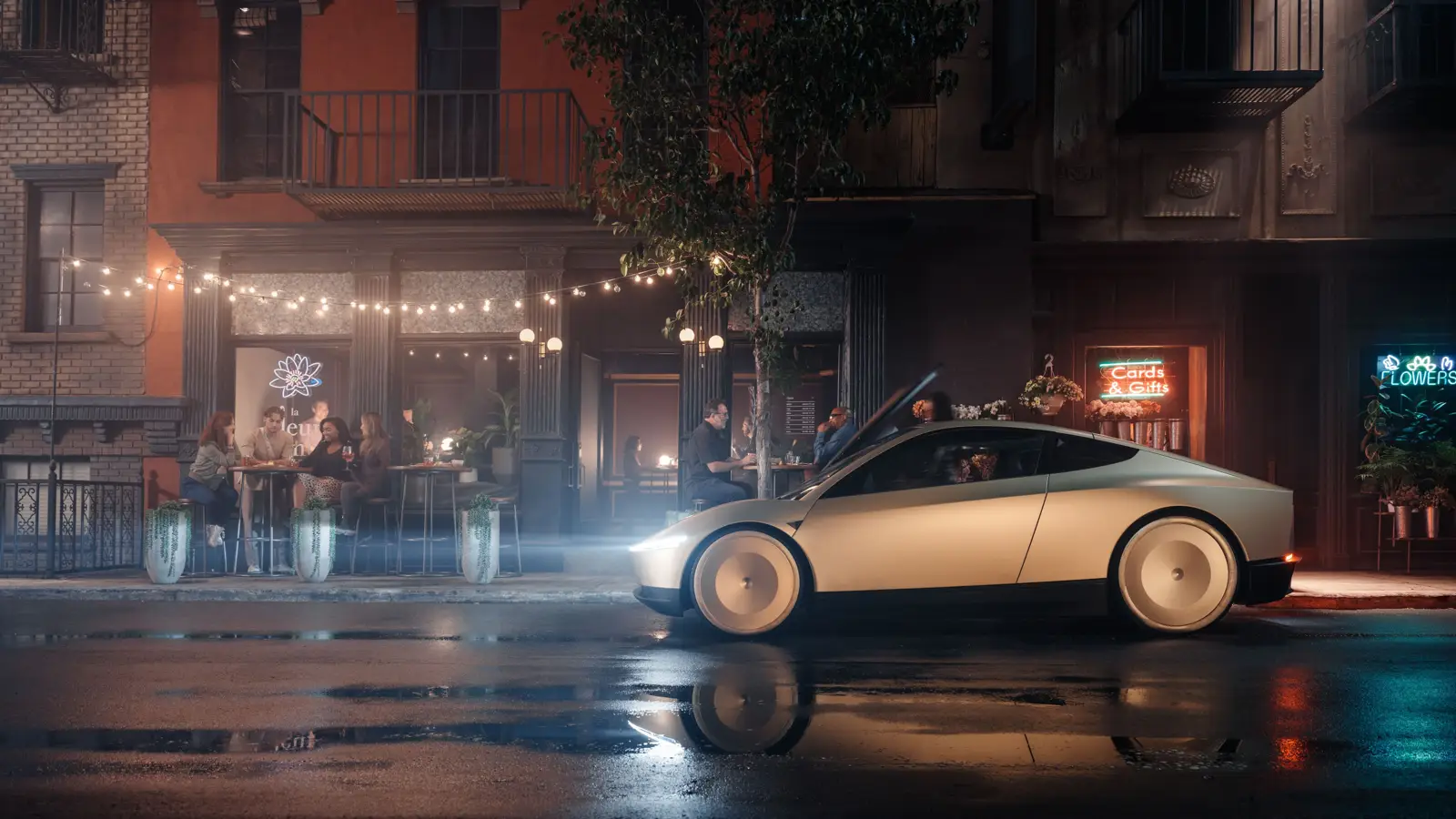News
Tesla to Launch Unsupervised Robotaxi Service in Austin This June

Tesla will debut its unsupervised robotaxi service in Austin in June 2025. Learn what the launch really involves and how it compares to past FSD promises.
Tesla is gearing up for a major announcement: the launch of a paid robotaxi service in Austin this June, powered by what it calls “unsupervised full self-driving.” CEO Elon Musk promises no one will be behind the wheel. Tesla claims the future is autonomous — starting in Austin — but the system is expected to be monitored remotely via teleoperation. “The future is autonomous and it starts in Austin,” Tesla claims. But behind the ambitious branding lies a reality that appears far more constrained.
During Tesla’s earnings call in January, Musk confirmed the rollout of a geo-fenced, internally operated ride-hailing service. While specifics remain vague, it is expected to rely on Tesla’s current vehicle lineup and operate only within designated parts of Austin. Ironically, the model closely mirrors Waymo’s long-criticized approach — a company Musk once dismissed for its limited scalability.
Tesla continues to rely solely on cameras, avoiding lidar or radar technologies altogether. That decision raises concerns about the system’s robustness in complex driving scenarios. And although Tesla brands the system as “unsupervised,” it has been actively hiring teleoperation staff to monitor the fleet remotely. The cars may be driverless, but they are far from unsupervised in the traditional sense.
It’s a significant moment, especially considering Tesla’s long history of unmet promises around FSD. For six years, owners who paid thousands of dollars for the Full Self-Driving package have waited for an over-the-air update that never came. Recent admissions revealed that HW3-equipped vehicles — millions of which are on the road — will never be able to support true self-driving.
The competitive pressure is also mounting. Waymo has already launched robotaxi services in Austin in collaboration with Uber, while Chinese automaker BYD recently announced plans to give away its own FSD solution for free.
The Tesla community, meanwhile, has expressed frustration and confusion online, especially among early adopters concerned about the future viability of their vehicles. Posts on enthusiast forums raise questions about hardware obsolescence and a perceived lack of transparency from the company.
Ultimately, Tesla’s Austin launch may serve more as a symbolic move — a calculated attempt to fulfill long-standing promises in a limited format — than a genuine leap toward autonomous freedom. It could be a much-needed image boost, but it is far from the industry revolution that Musk envisioned years ago.
2025, Mar 26 21:34


